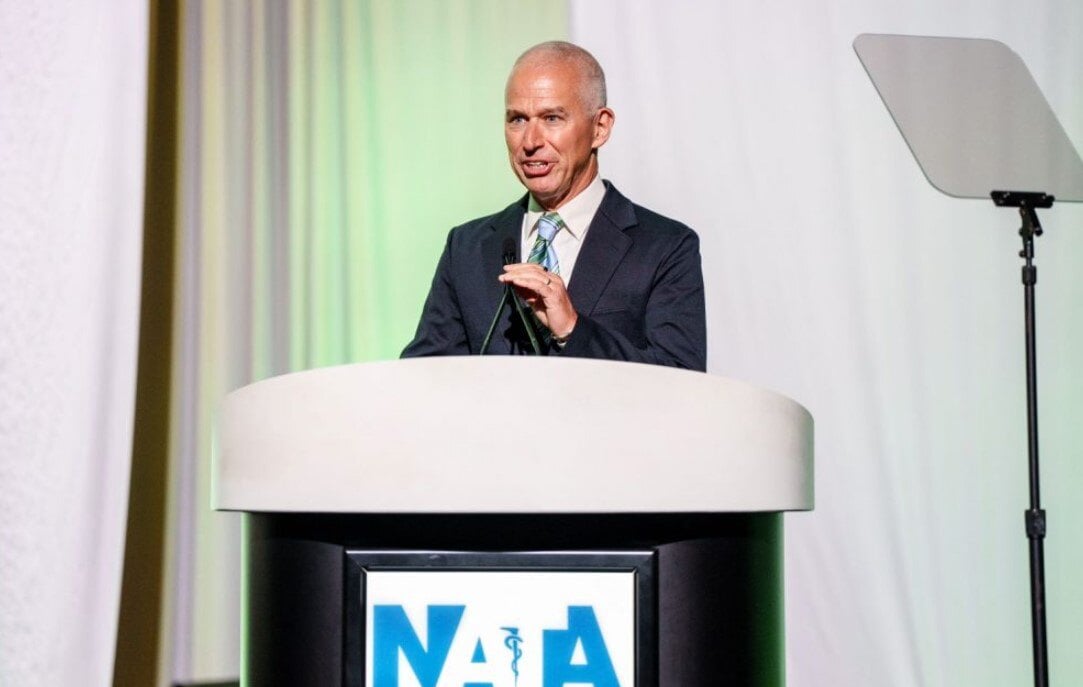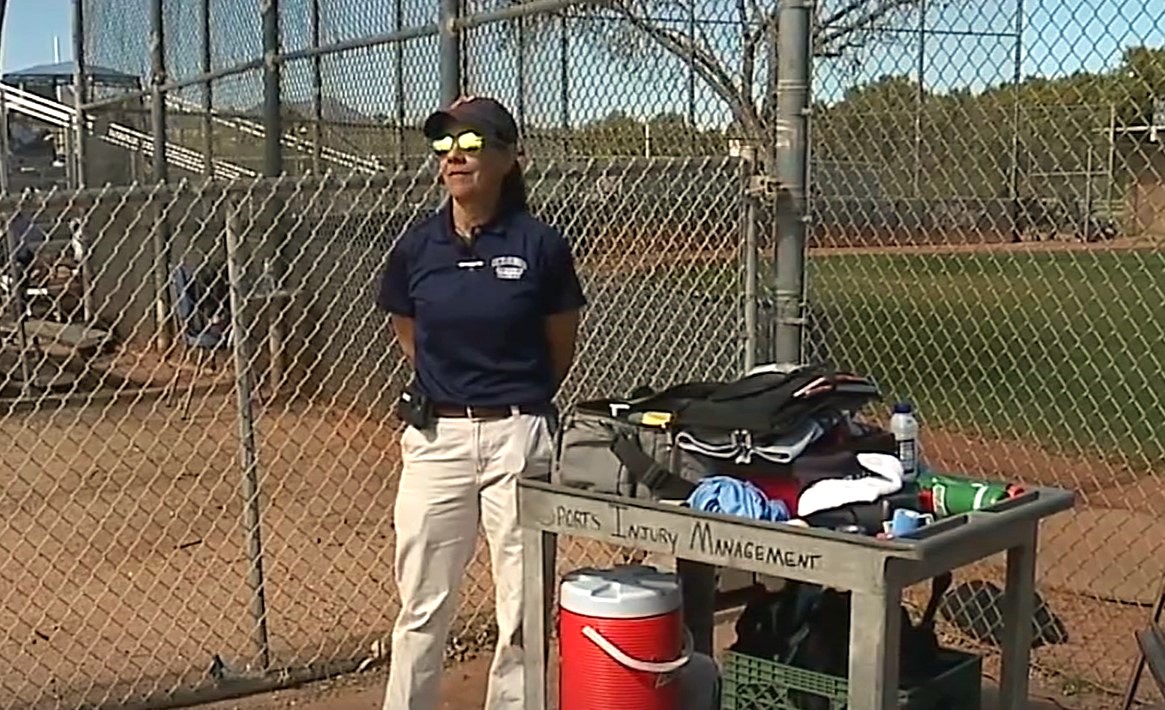Health Experts Make Call to Boost Budgets for High School Athletic Trainers
We wanted to share an article from the Aspen Institute's Project Play initiative on the importance of high schools budgeting for ATs to help protect children playing sports.
Read the full story here.
The author highlights how Athletic Trainers are usually the last consideration when it comes to hiring and equipping schools for sports.
“[...] They ask themselves if they have enough money for an athletic trainer,” Korey Stringer Institute CEO Douglas Casa said at the Aspen Institute’s Future of Sports conversation. “We have to change the mindset. The priority has to be the health and safety of the athletes.”
 The article goes on to cover the disparities between states in the U.S. where some provide Athletic Trainers and others do not. For example, California does not regulate ATs (although a bill was introduced and hearing were held the week of this post) and their Athletic Training association estimates that, "20% of people employed as California high school athletic trainers have not graduated from a certified program or passed a national certification exam.
The article goes on to cover the disparities between states in the U.S. where some provide Athletic Trainers and others do not. For example, California does not regulate ATs (although a bill was introduced and hearing were held the week of this post) and their Athletic Training association estimates that, "20% of people employed as California high school athletic trainers have not graduated from a certified program or passed a national certification exam.
“That’s a little scary,” said Kathy Dieringer, NATA president.
The aspect of this piece that was most intriguing to us was from a conversation with Tyree Burks. He's the founder of Players Health, a company designed to build better health solutions for players.
He states that insurance companies are able to incentivize more spending on Athletic Trainers because they are able to gain an economic advantage:
“We only make money when we pay less in claims than we collect in premium,” Burks said. “The only way for us to have lower claims is if we invest in risk management. We know if an athletic trainer is present, health care is going to be more cost effective, we’ll get ahead of incidents, and it will lower the risks of a catastrophic incident.”
The story goes on to cover an example of a school district in South Carolina that partnered with a health system to implement a systemic health care model for sports. They saw injury rates drop by 22% and this caused a drop in insurance premiums by 50%.
“The study was really eye-opening because we started to blend health care, triage and support with claims,” Burks said. “We’re now starting to see they’re not separate in any way. They’re connected.”
We felt this article covered the importance of providing care for student athletes in the high school setting and wanted share with you. Please forward this on to colleagues and leaders in sports medicine and education. As the CEO from the Korey Stringer Institute said — we need to change the mindset when it comes to budgeting for high school sports.
![HR Logo [Recovered]_Full Color Vertical-1](https://blog.healthyroster.com/hs-fs/hubfs/HR%20Logo%20%5BRecovered%5D_Full%20Color%20Vertical-1.png?width=199&height=178&name=HR%20Logo%20%5BRecovered%5D_Full%20Color%20Vertical-1.png)
 By
By


